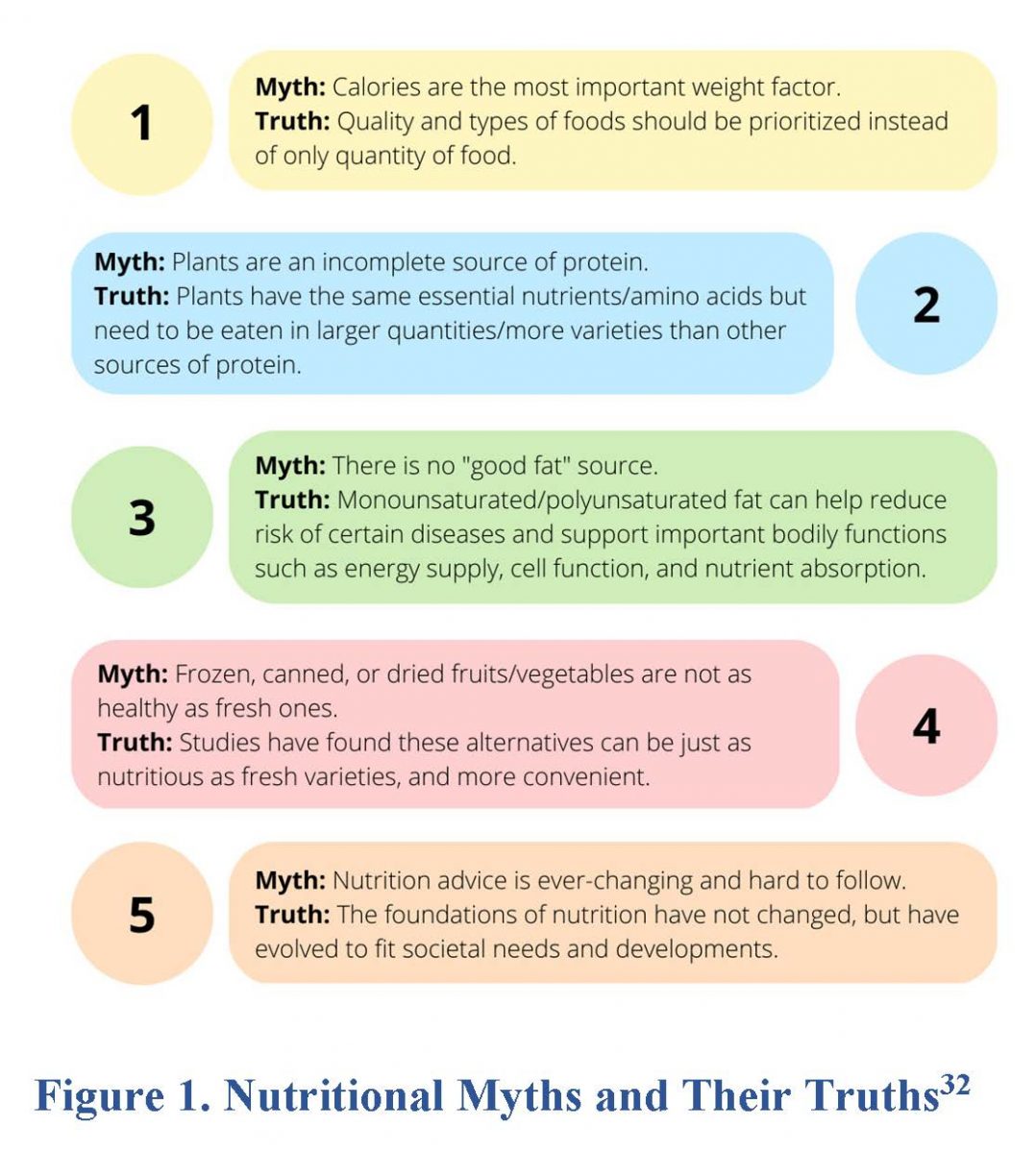Report on Antenatal Trimethoprim–Sulfamethoxazole and Birth Outcomes in Relation to Sustainable Development Goal 3
A recent study investigated the efficacy of trimethoprim–sulfamethoxazole prophylaxis during pregnancy as a strategy to improve infant birth weight. This research is critically relevant to the United Nations Sustainable Development Goals (SDGs), particularly SDG 3, which aims to ensure good health and well-being for all.
Context: Maternal and Neonatal Health Challenges and the SDGs
Adverse birth outcomes represent a significant barrier to achieving key global health targets. The high incidence of these outcomes directly challenges the fulfillment of SDG 3 targets, including:
- SDG Target 3.2: End preventable deaths of newborns and children under five years of age. Globally, 1 in 4 newborns is affected by preterm birth, low birth weight, or being small for gestational age, conditions that substantially increase the risk of neonatal mortality.
- SDG Target 3.3: End the epidemics of AIDS and other communicable diseases. Maternal infections, especially Human Immunodeficiency Virus (HIV), are known to exacerbate the risk of poor birth outcomes, making interventions in high-prevalence areas a priority.
The study explored whether antibiotics administered during pregnancy could serve as a viable intervention to improve birth outcomes and advance these goals.
Study Methodology and Data Collection
Research Design and Cohort
A double-blind, randomized trial was conducted at three antenatal clinics in Shurugwi, Zimbabwe, a region with a high prevalence of HIV. This focus on a vulnerable population aligns with SDG 10 (Reduced Inequalities) by addressing health disparities.
- Participants: Pregnant women with a known HIV status who were not currently receiving trimethoprim–sulfamethoxazole were enrolled.
- Intervention: Participants were randomly assigned in a 1:1 ratio to receive either trimethoprim–sulfamethoxazole (two 480-mg tablets daily) or an identical placebo.
- Data Collection: Baseline demographic, obstetrical, and clinical data were collected. Gestational duration was determined via ultrasonography.
Follow-up and Safety Monitoring
Rigorous monitoring was implemented to ensure participant safety and data integrity, reflecting the principles of quality care central to SDG 3.8 (Achieve universal health coverage).
- Regular follow-up appointments were scheduled throughout gestation to gather data on adherence, side effects, illness, and obstetrical complications.
- Fetal growth was assessed via ultrasonography at 26 and 34 weeks’ gestation.
- Safety assessments included monitoring liver function, kidney function, and complete blood counts.
Analysis of Birth Outcomes and SDG Implications
Primary and Secondary Endpoints
The study measured outcomes directly related to neonatal survival and health, providing critical data for evaluating progress toward SDG 3.2.
- Primary Outcome: Infant birth weight.
- Secondary Outcomes:
- Low birth weight (less than 2500 g)
- Gestation duration and preterm birth
- Small for gestational age
- Fetal loss (miscarriage or stillbirth)
- Maternal or neonatal hospitalization or death
Results of the Trial
The final analysis included 993 women (495 in the intervention group, 498 in the placebo group), with 13.2% of participants identified as living with HIV.
The study found no statistically significant improvement in the primary outcome:
- Mean Birth Weight (Intervention Group): 3040 g
- Mean Birth Weight (Placebo Group): 3019 g
The mean difference of 20 g was not statistically significant. Similarly, no significant differences were observed for most secondary outcomes, indicating the intervention did not substantially reduce adverse events.
- Low Birth Weight Rate: 10% in the intervention group vs. 11.6% in the placebo group.
- Small for Gestational Age Rate: 20.3% vs. 17.3%, respectively.
- Fetal Loss Rate: 4.2% vs. 3.3%, respectively.
- Mean Gestation Duration: 39.3 weeks vs. 38.9 weeks, respectively.
Adverse event rates were also similar between the two groups.
Conclusion and Strategic Implications for Global Health
The investigators concluded that a universal, pragmatic strategy of administering antenatal trimethoprim–sulfamethoxazole in a high-HIV-prevalence setting did not lead to a significant improvement in infant birth weight.
This finding is crucial for shaping evidence-based health policies aimed at achieving the Sustainable Development Goals. While this specific antibiotic strategy was not proven effective for improving birth weight, the research highlights the persistent challenge of maternal and neonatal mortality. It underscores the urgent need for continued innovation and investigation into effective interventions to protect vulnerable mothers and newborns, thereby advancing the global commitment to SDG 3.
1. Which SDGs are addressed or connected to the issues highlighted in the article?
SDG 3: Good Health and Well-being
- The article’s central theme is maternal and infant health, which is the core of SDG 3. It investigates interventions to improve birth outcomes, such as birth weight, and reduce risks like preterm birth and neonatal mortality. The study focuses on a population with a high prevalence of HIV, directly addressing the health challenges targeted by this goal.
2. What specific targets under those SDGs can be identified based on the article’s content?
SDG 3: Good Health and Well-being
-
Target 3.1: By 2030, reduce the global maternal mortality ratio to less than 70 per 100,000 live births.
The article connects to this target by including “maternal hospitalization or death” as a secondary outcome measured in the clinical trial. This shows a direct concern for maternal health and survival during pregnancy and childbirth.
-
Target 3.2: By 2030, end preventable deaths of newborns and children under 5 years of age, with all countries aiming to reduce neonatal mortality to at least as low as 12 per 1,000 live births…
This target is central to the article. The study’s rationale is that preterm birth and low birth weight, which are reported “in 1 in 4 newborns worldwide,” increase the “risk of neonatal mortality.” The research measures outcomes like “low birth weight,” “preterm birth,” “fetal loss,” and “neonatal hospitalization or death,” all of which are directly related to preventing newborn deaths.
-
Target 3.3: By 2030, end the epidemics of AIDS, tuberculosis, malaria and neglected tropical diseases…
The study is explicitly set in a context of managing HIV. It notes that “maternal infections and inflammation during pregnancy, especially human immunodeficiency virus (HIV), further increase the risks” of poor birth outcomes. The trial was conducted in a district in Zimbabwe with a “high prevalence of HIV,” and “HIV was identified in 13.2% of participants.” The research aims to find ways to mitigate the health consequences of HIV, which is a key component of ending the AIDS epidemic.
3. Are there any indicators mentioned or implied in the article that can be used to measure progress towards the identified targets?
Indicators for SDG 3 Targets
-
For Target 3.1 (Maternal Mortality):
- Maternal death: The study explicitly tracked “maternal hospitalization or death” as a safety and secondary outcome.
-
For Target 3.2 (Neonatal Mortality):
- Neonatal mortality rate: The article mentions “neonatal mortality” as a key risk and tracked “neonatal hospitalization or death.”
- Proportion of births with low birth weight: This was a primary focus. The article reports specific rates of low birth weight: “10% in the trimethoprim–sulfamethoxazole group and 11.6% in the placebo group.”
- Preterm birth rate: This was measured as a secondary outcome. The article notes that “mean gestation durations at birth were 39.3 weeks and 38.9 weeks, respectively.”
- Stillbirth rate: The study tracked “fetal loss” and reported “19 stillbirths” occurred during the trial.
-
For Target 3.3 (End Epidemics like AIDS):
- HIV prevalence: The article provides a specific prevalence rate within its study group, stating that “HIV was identified in 13.2% of participants,” and notes the study was conducted in an area with a “high prevalence of HIV.” This data is crucial for monitoring the epidemic.
4. Table of SDGs, Targets, and Indicators
| SDGs | Targets | Indicators Identified in the Article |
|---|---|---|
| SDG 3: Good Health and Well-being | 3.1: Reduce global maternal mortality. |
|
| SDG 3: Good Health and Well-being | 3.2: End preventable deaths of newborns and children under 5. |
|
| SDG 3: Good Health and Well-being | 3.3: End the epidemics of AIDS and other communicable diseases. |
|
Source: contemporaryobgyn.net







